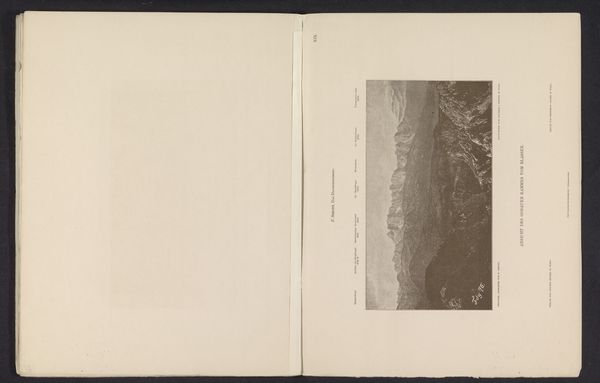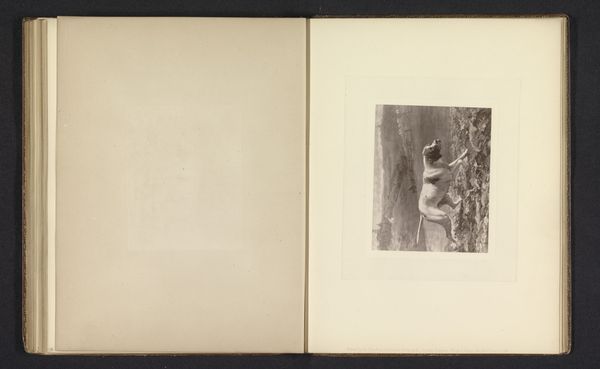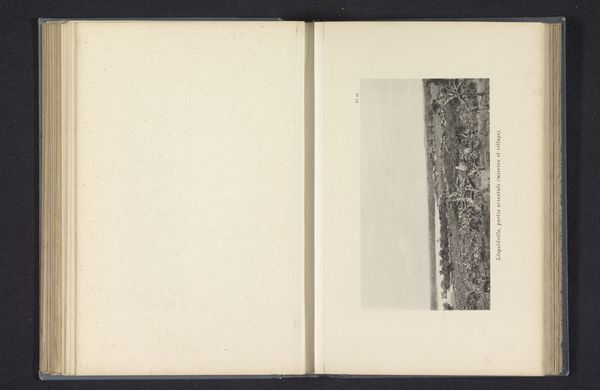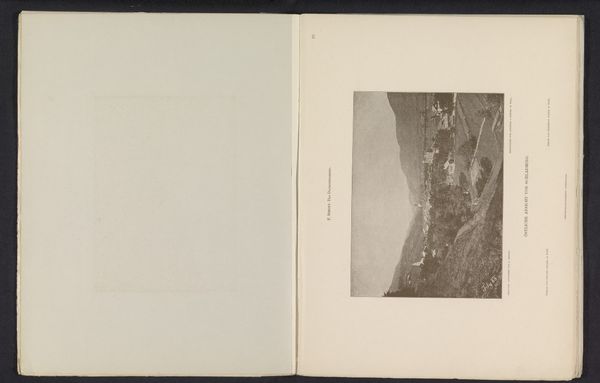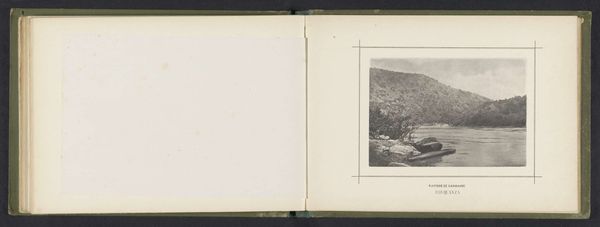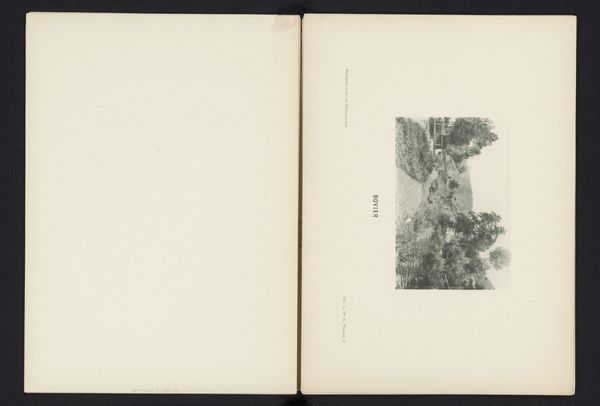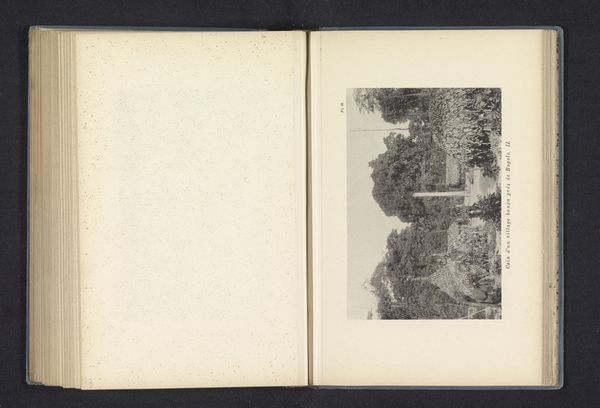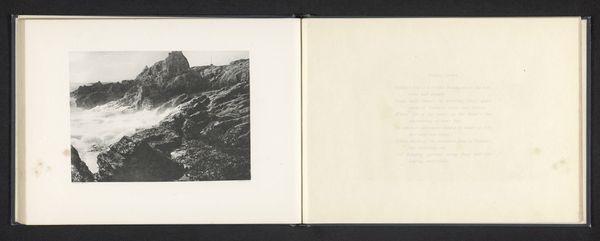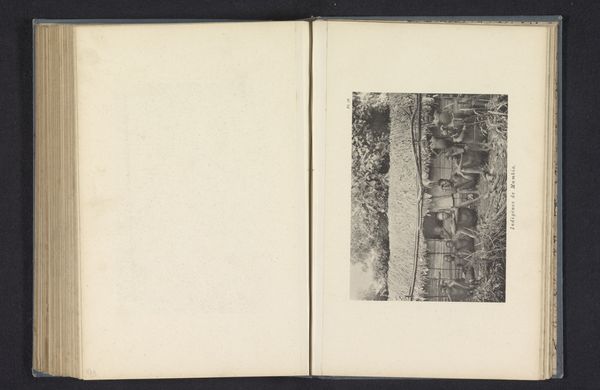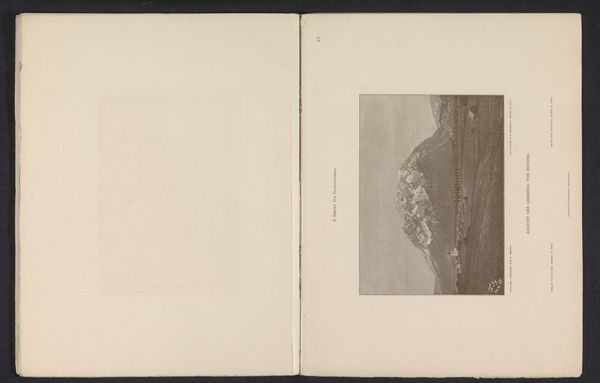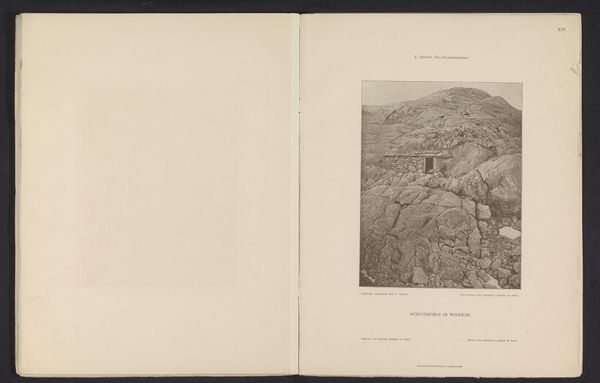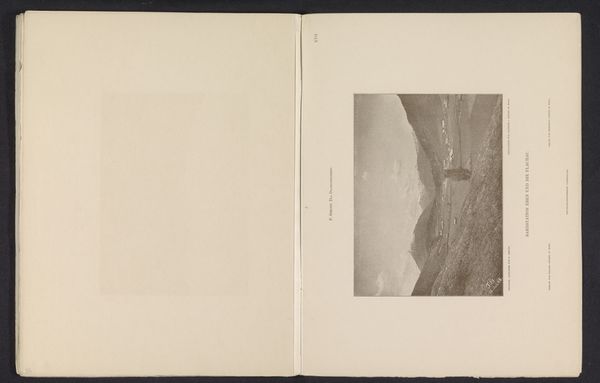
print, etching
# print
#
etching
#
sketch book
#
landscape
#
naturalism
Dimensions: height 200 mm, width 154 mm
Copyright: Rijks Museum: Open Domain
Curator: Friedrich Simony, working in 1876, gives us this print titled "Lapiaz bij de Ochsenwiesh\u00f6he," a stunning depiction of a natural landscape. It's an etching. Editor: It certainly evokes a sense of the sublime, doesn't it? All that texture – the rough, fissured rock face practically leaps off the page. There's a raw energy to the natural formations here. Curator: Absolutely. Simony’s naturalistic style seeks to portray this landscape with great precision and authenticity. Considering the late 19th-century rise in scientific and geographical exploration, we can appreciate how art started documenting geological features with meticulous accuracy, echoing a growing interest in empirical observation. Editor: These deep fissures, though! It speaks to the forces of time. Erosion and pressure have carved their marks deeply into the stone. The landscape takes on symbolic power beyond its simple geological makeup. Does it perhaps represent time itself or maybe resilience and how stone adapts? Curator: Interesting interpretation! From an art historical perspective, Simony’s work demonstrates how printmaking techniques were harnessed to disseminate geographical knowledge, influencing both artistic and scientific communities. Note how these printed images circulated knowledge and understanding about remote geological environments in Europe. Editor: I am drawn to the visual patterns, these deeply cut fissures and layered rocks forming nearly repetitive abstract shapes, suggestive of labyrinths or mazes, echoing a deeper feeling of nature's puzzle to humanity. What I’m wondering is this art speaking directly to viewers about exploration of one's self through exploration of landscape. Curator: An excellent question to consider! This image, by bringing the Alpine landscape into homes and institutions through prints, encouraged discussion around the value of these spaces in an era when industry and urbanization rapidly reshaped societies. So maybe exploration and knowing ourselves and landscape goes together with making choices to maintain such unique spots as vital to our well-being. Editor: Fascinating how an image meant for scientific purposes also encourages us to look into ourselves, mirroring both an outer and an inner exploration. Curator: Precisely. It leaves me reflecting on art's role, both documenting and interpreting the complex relationship humans share with our surroundings.
Comments
No comments
Be the first to comment and join the conversation on the ultimate creative platform.
